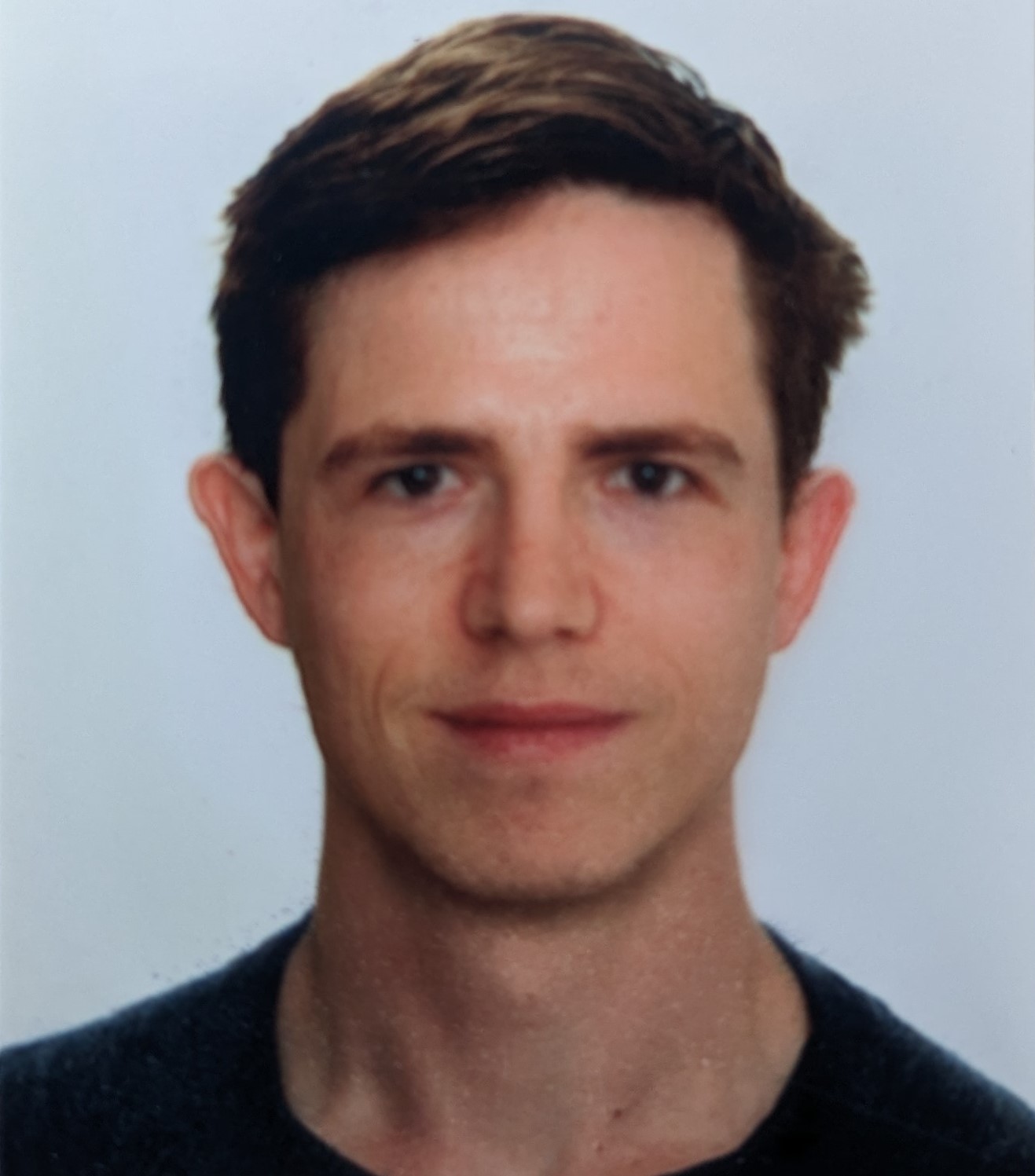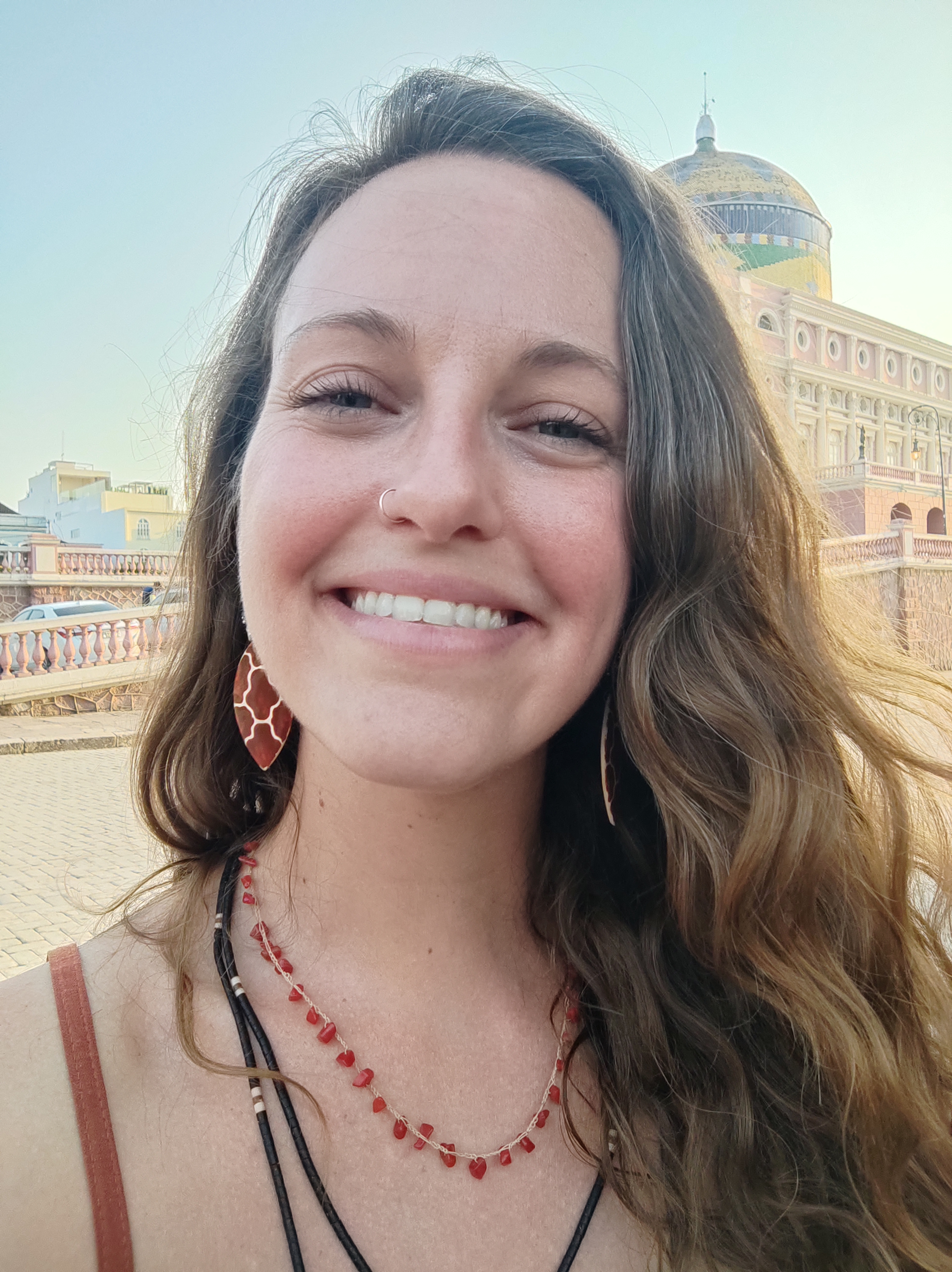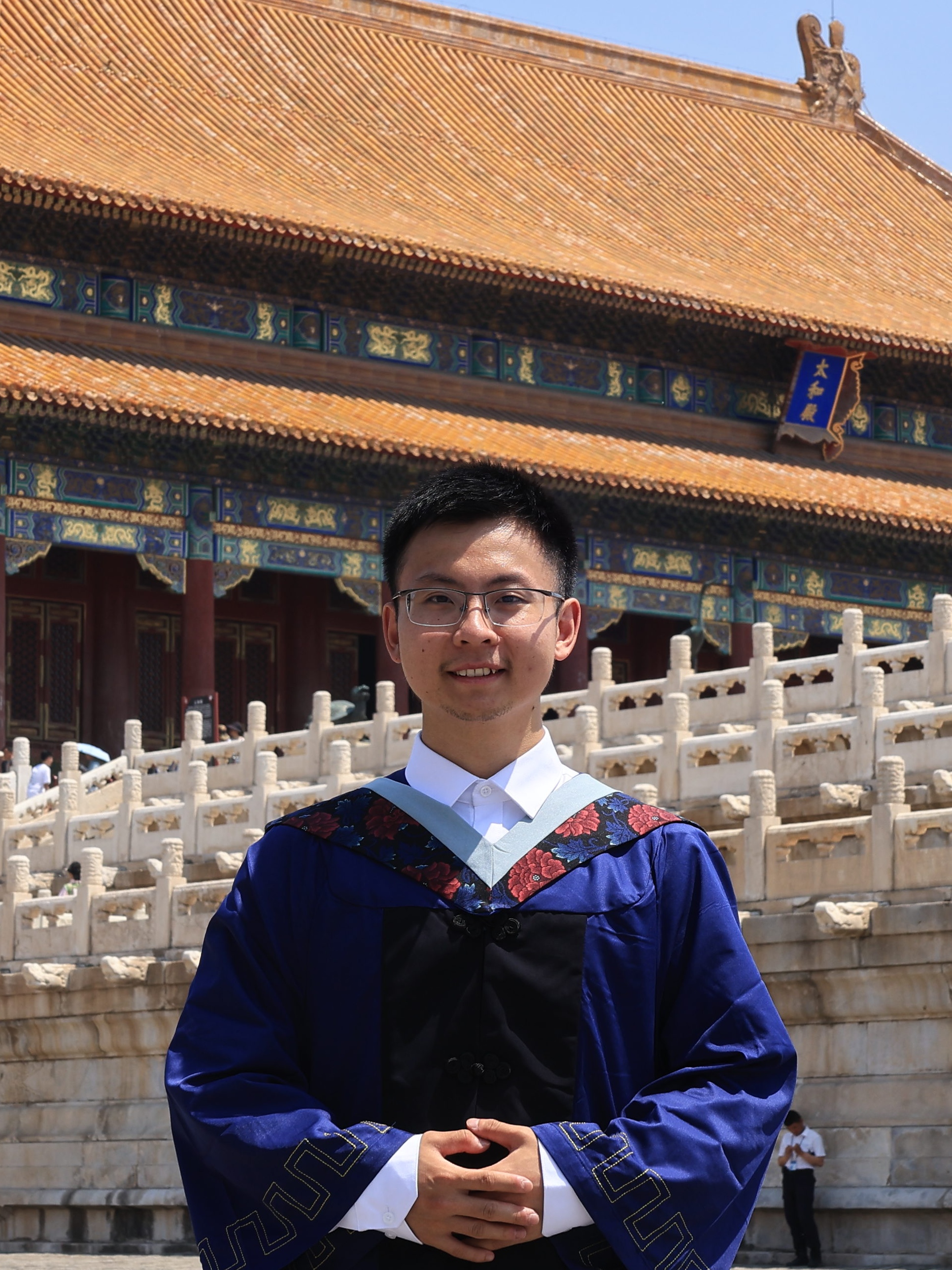Mitarbeiter:innen
Forschungsgruppenleiterin

Univ.-Prof. Dr. Bettina Weber
+43 316 380 - 5694
Institut für Biologie
https://biologie.uni-graz.at/de/ag-funktionelle-diversitaet-oekologie/
Basic Information
Address Department of Biology
University of Graz
Holteigasse 6
8010 Graz, Austria
E-mail Bettina.weber(at)uni-graz.at
Website diversitaet-oekologie.uni-graz.at/en/diversity-and-ecology/
Education
2013 (re-)Habilitation, University of Mainz, Germany
2011 Habilitation in Plant Ecology, University of Kaiserslautern, Germany
2004 MAS (Master of Advanced Studies) Geographical Information Science & Systems, University of Salzburg, Austria
2000 PhD in Biology, University of Kaiserslautern, Germany
1994 Diploma (equivalent to MSc) in Biology, University of Würzburg, Germany, and University of Albany, NY, USA
Academic Positions
Since 2024 Deputy Head of Institute of Biology, University of Graz, Austria
Since 2019 Full professor for Botany, University of Graz, Austria
2015-2019 Research Group Leader, Max Planck Institute for Chemistry, Mainz, Germany
2013-2019 Faculty Member, Johannes Gutenberg University, Mainz, Germany
2013-2015 Research Team Leader, Max Planck Institute for Chemistry, Mainz, Germany
2012-2013 Staff Scientist, University of Kaiserslautern, Germany
2008-2012 Research Group Leader, University of Kaiserslautern, Germany
2000-2008 Postdoc Researcher (part-time due to childcare responsibilities), University of Kaiserslautern, Germany
Contributions to research community
Speaker of the field of excellence Climate Change (https://climate-change.uni-graz.at/en/) of the University of Graz (since 2023; 2021-2023: co-speaker)
Member of Scientific Steering Committee of Amazon Tall Tower Observatory project (www.attoproject.org) since 2017
Initiation and leading role in converting the Masters of Biology into an innovative modular structure (2020-2023) and member of the curricular commission since 2023
Initiation of International BIOCRUST Workshop Series, with the first one organized by her together with her supervisor Burkhard Büdel in 2011 and the 6th one being planned for 2026
Most Important Publications (full publication list given here)
Weber, B., Belnap, J., Büdel, B., Antoninka, A.J., Barger, N.N., Chaudhary, V.B., Darrouzet-Nardi, A., Eldridge, D.J., Faist, A.M., Ferrenberg, S., Havrilla, C.A., Huber-Sannwald, E., Malam Issa, O., Maestre, F.T., Reed, S.C., Rodriguez-Caballero, E., Tucker, C., Young, K.E., Zhang, Y., Zhao, Y., Zhou, X., Bowker, M.A. (2022) What is a biocrust? A refined, contemporary definition for a broadening research community. Biological Reviews. doi: 10.1111/brv.12862
Development of a refined, detailed biocrust definition, delimited to other types of microbial communities and widely supported by the scientific community (22 coauthors).
Rodriguez-Caballero, E., Stanelle, T., Egerer, S., Cheng, Y., Su, H., Canton, Y., Belnap, J., Andreae, M.O., Tegen, I., Reick, C., Pöschl, U., Weber, B. (2022) Global cycling and climate effects of aeolian dust controlled by biological soil crusts. Nature Geoscience. doi.org/10.1038/s41561-022-00942-1
First global modelling approach assessing the relevance of biological soil crusts in global dust cycling und current and future conditions.
Edtbauer, A., Pfannerstill, E.Y., Pires Florentino, A.P., Barbosa, C.G.G., Rodriguez-Caballero, E., Zannoni, N., Alves, R.P., Wolff, S., Tsokankunku, A., Aptroot, A., Sá, M.O., Araújo, A.C., Sörgel, M., Oliveira, S.M., Weber, B., Williams, J. (2021) Cryptogamic organisms are a substantial source and sink for volatile organic compounds in the Amazon region. Commun Earth Environ 2, 258. https://doi.org/10.1038/s43247-021-00328-y
First study assessing and quantifying VOC emission of tropical cryptogamic communities.
Maier, S., Kratz, A. M., Weber, J., Prass, M., Liu, F., Clark, A. T., Abed, R. M. M., Su, H., Cheng, Y., Eickhorst, T., Fiedler, S., Pöschl, U., Weber, B. (2021) Water-driven microbial nitrogen transformations in biological soil crusts causing atmospheric nitrous acid and nitric oxide emissions. ISME. https://doi.org/10.1038/s41396-021-01127-1
Detailled study investigating the microbial cycling processes driving nitrogen cycling and emission of reactive N compounds.
Löbs, N., Barbosa, C.G.C., Brill, S., Walter, D., Ditas, F., de Oliveira Sá, M., de Araújo, A.C., de Oliveira, L.R., Godoi, R.H.M., Wolff, S., Piepenbring, M., Kesselmeier, J., Artaxo, P., Andreae, M.O., Pöschl, U., Pöhlker, C., Weber, B. (2020) Aerosol measurement methods to quantify spore emissions from fungi and cryptogamic covers in the Amazon. Atmospheric Measurement Techniques 13: 153-164. https://doi.org/10.5194/amt-13-153-2020
Description of a novel method to investigate aerosol emission patterns of cryptogams under field and controlled lab conditions.
Rodriguez-Caballero, E., Belnap, J., Büdel, B., Crutzen, P. J., Andreae, M. O., Pöschl, U., & Weber, B. (2018). Dryland photoautotrophic soil surface communities endangered by global change. Nature Geoscience, 11(3), 185-189. https://doi.org/10.1038/s41561-018-0072-1
First map of current global biological soil crust distribution and first modelling approach on future biological soil crust distribution as a consequence of climate and land use change.
Maier, S., Tamm, A., Wu, D., Caesar, J., Grube, M., & Weber, B. (2018). Photoautotrophic organisms control microbial abundance, diversity, and physiology in different types of biological soil crusts. The ISME journal, 12(4), 1032-1046. https://doi.org/10.1038/s41396-018-0062-8
First study showing the characteristic composition of microbial communities in biological soil crusts as related to the different succession stages.
Weber, B., Belnap, J., & Büdel, B. (2016). Biological soil crusts: an organizing principle in drylands (pp. 3-13). Springer, Cham. https://doi.org/10.1007/978-3-319-30214-0
Encyclopaedia on the current status of biological soil crust research (946 citations; 88 000 chapters sold; as on March 11, 2025).
Weber, B., Berkemeier, T., Ruckteschler, N., Caesar, J., Heintz, H., Ritter, H., & Braß, H. (2016). Development and calibration of a novel sensor to quantify the water content of surface soils and biological soil crusts. Methods in Ecology and Evolution, 7(1), 14-22. https://doi.org/10.1111/2041-210X.12459
Development of instrument to measure and monitor the water content and activity patterns of biological soil crusts. The instrument is protected by a utility patent and build and traded by a company.
Weber, B., Wu, D., Tamm, A., …, Pöschl, U. (2015) Biological soil crusts accelerate the nitrogen cycle through large NO and HONO emissions in drylands. Proceedings of the National Academy of Sciences 112(50): 15384-15389. doi.org/10.1073/pnas.1515818112
Detection of the release patterns and mechanisms of reactive nitrogen compounds (HONO and NO) by biological soil crusts and characterization of their role in nitrogen cycling in drylands.
Elbert, W., Weber, B., Burrows, S., Steinkamp, J., Büdel, B., Andreae, M. O., & Pöschl, U. (2012). Contribution of cryptogamic covers to the global cycles of carbon and nitrogen. Nature Geoscience, 5(7), 459-462. https://doi.org/10.1038/ngeo1486
First study assessing the relevance of cryptogamic covers (biological soil crusts form one key community) in current and future global carbon and nitrogen fixation.
Sekretariat
Fachoberinspektorin Edith Weidner
Wissenschaftliche Mitarbeiter:innen

Dr. Minsu Kim

Dr.rer.nat. Bakk.rer.nat. MSc. Stefanie Maier

Dipl.-Ing. BSc Stefan Herdy

Dipl.-Ing. BSc Philipp Faulhammer

MSc Janne Creve

PhD Lina Avila Clasen
Institut für Biologie
Room 0032-001-0024
https://www.researchgate.net/profile/Lina-Avila-Clasen?ev=hdr_xprf

MSc Ruilin Chen

Dr.rer.nat. Luciano de Melo Silva
Technische Mitarbeiter:innen
Bettina Häusl

Monika Frankowska
Laboranten
| +43 316 380 - 5644 Institut für Biologie |
Peter Kosnik | +43 316 380 - 5755 Institut für Biologie |